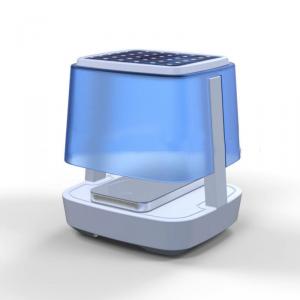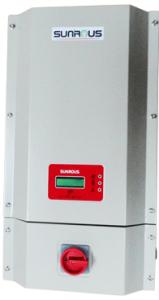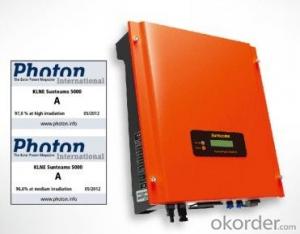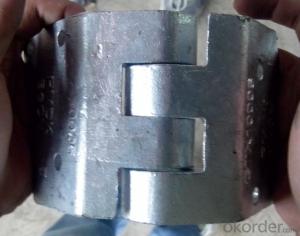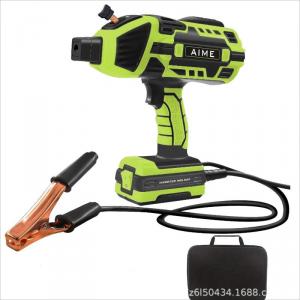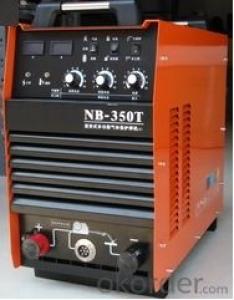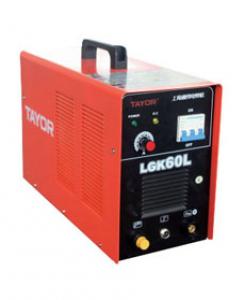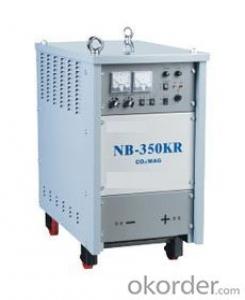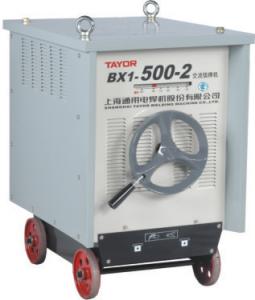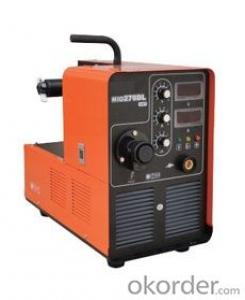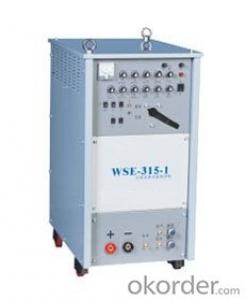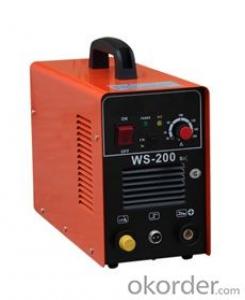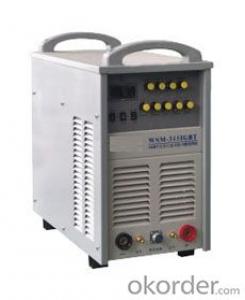Wifi Inverter Solar
Wifi Inverter Solar Related Searches
Wifi Solar Inverter Solar Wifi Inverter Solar Inverter Wifi Module Wifi For Solar Inverter Wifi Device For Solar Inverter Solar Edge Inverter Wifi Solar Inverter Wifi Connection Wifi Module For Solar Inverter Connect Solar Inverter To Wifi Abb Solar Inverter Wifi Wifi Dongle For Solar Inverter Inverter Solar Solar Solar Inverter Smart Inverter Solar Huawei Solar Inverter Power Inverter Solar Inverter Battery Solar Battery Inverter Solar Smart Solar Inverter Mini Inverter Solar Inverter Hybrid Solar Solar Electric Inverter Inverter Power Solar Micro Inverter Solar Solar Mini Inverter Inverter Solar Hybrid Inverter Charger Solar Solar Energy Inverter Wall Mounted Solar Inverter Battery Solar InverterWifi Inverter Solar Supplier & Manufacturer from China
Wifi Inverter Solar is a cutting-edge product that combines solar energy generation with advanced Wi-Fi technology, allowing users to monitor and control their solar power systems remotely. This innovative solution is designed to optimize energy consumption and maximize the efficiency of solar power systems. The product includes a solar panel, an inverter, and a Wi-Fi module, all integrated into a compact and user-friendly design.The Wifi Inverter Solar product is widely used in various applications, such as residential homes, commercial buildings, and off-grid systems. It enables users to track their energy production, monitor system performance, and receive real-time notifications on their smartphones or computers. This technology is particularly beneficial for those who want to reduce their carbon footprint, save on energy bills, and gain greater control over their energy consumption.
Okorder.com is a reputable wholesale supplier of Wifi Inverter Solar products, boasting a large inventory to cater to the growing demand for sustainable energy solutions. They offer a comprehensive range of Wifi Inverter Solar products, ensuring that customers can find the perfect fit for their specific needs. With their extensive experience in the industry, Okorder.com is committed to providing high-quality products and exceptional customer service, making them a trusted source for Wifi Inverter Solar solutions.
Hot Products




